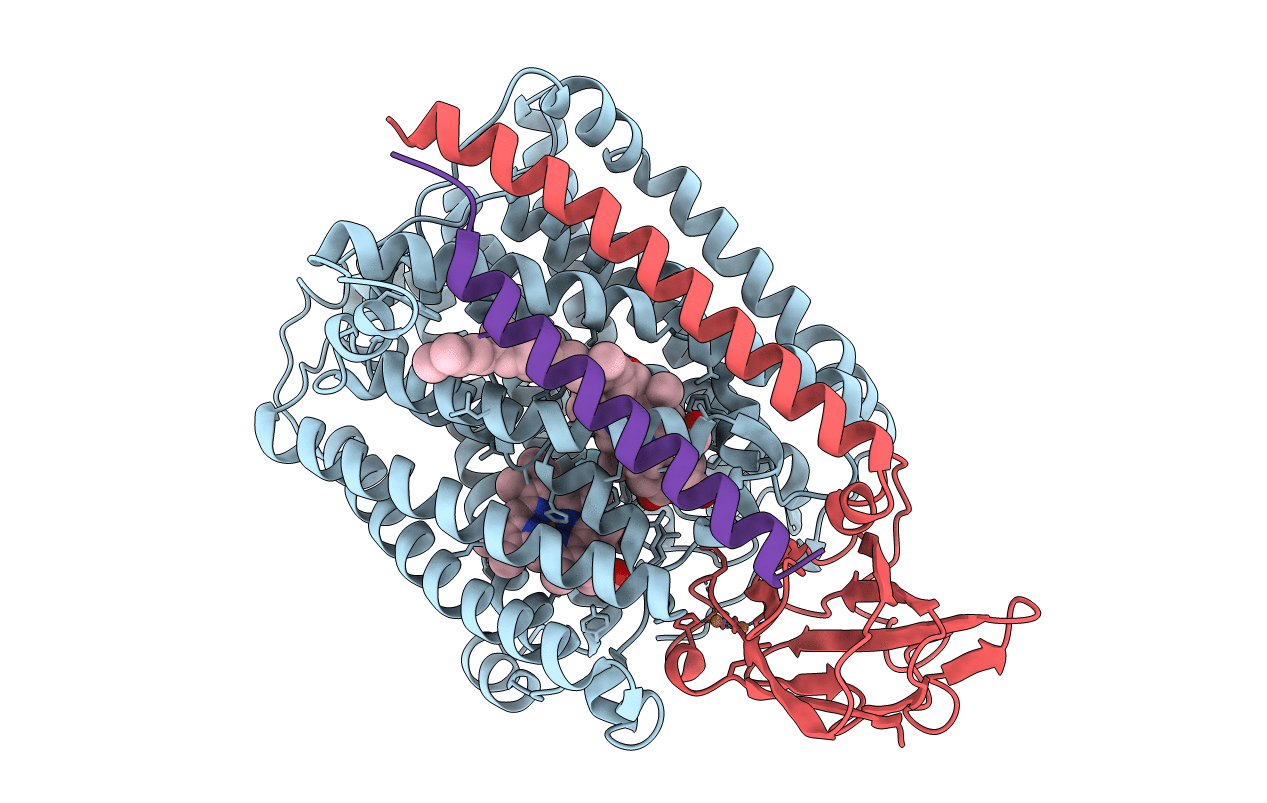
Deposition Date
2011-05-18
Release Date
2012-05-23
Last Version Date
2023-09-13
Entry Detail
PDB ID:
3S3D
Keywords:
Title:
Structure of Thermus thermophilus cytochrome ba3 oxidase 480s after Xe depressurization
Biological Source:
Source Organism:
Thermus thermophilus (Taxon ID: 300852)
Host Organism:
Method Details:
Experimental Method:
Resolution:
3.75 Å
R-Value Free:
0.29
R-Value Work:
0.24
R-Value Observed:
0.24
Space Group:
P 43 21 2


